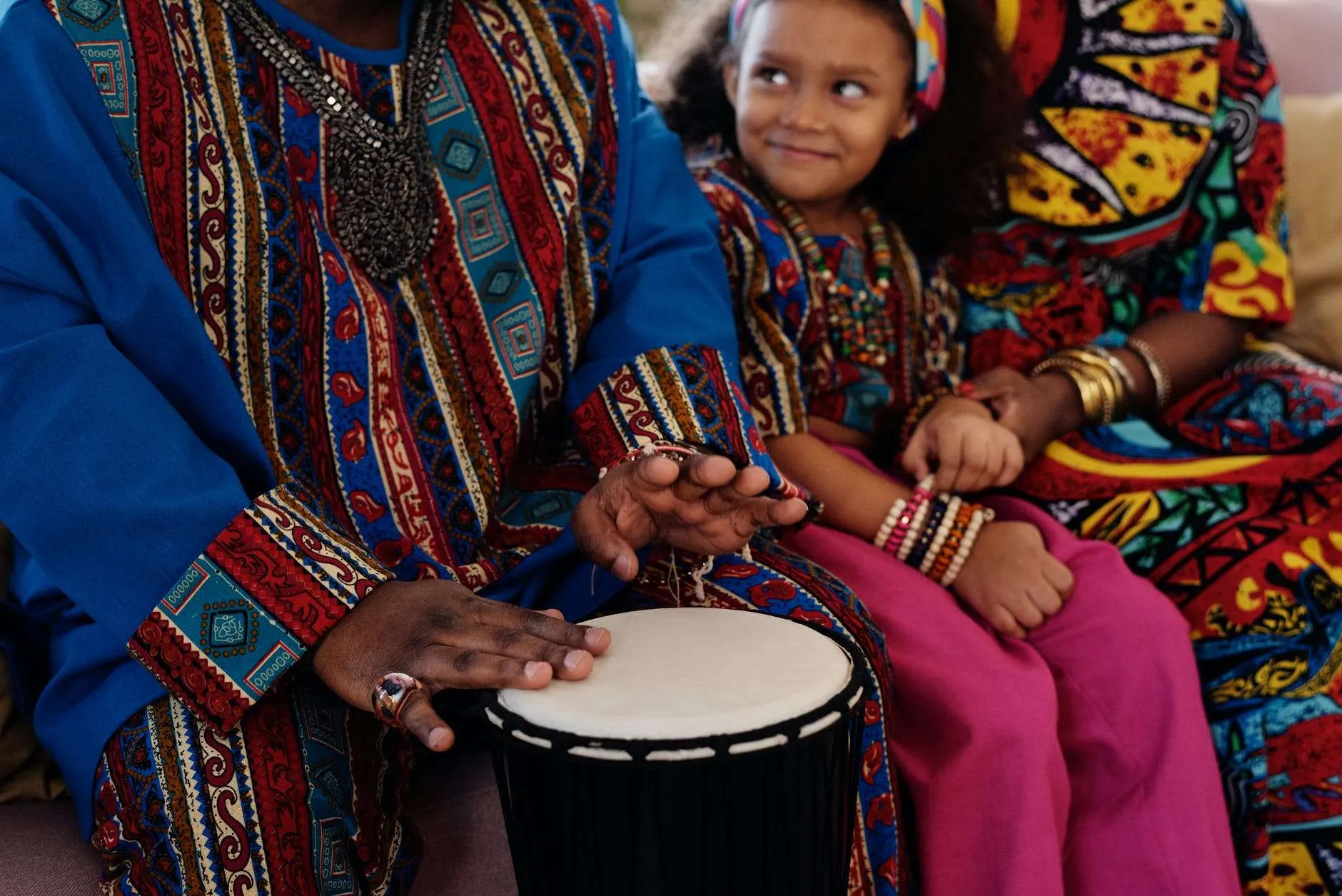Background on African Musical Instruments
Music is universal. All societies practice music. Music is an integral way of life of people and societies in Europe, Asia, North America, Africa and globally. Music is widely practiced with innovative musical instruments which produce pleasing sounds, usually accompanying vocal songs or compositions. Musical instruments are well handled by persons called instrumentalists who have a range of experience in organizing sounds out of it. This article looks at African musical instruments because they are relatively common to societies, and because they serve essential social roles.
African Musical Instruments
In Africa, early musical instruments were horns, flutes and drums. Horns are hard texture objects, usually having an opening and closing for air to be blown into and through them. It is starkly true that African musical devices are numerous and also have great historical explanations, many with untraceable dates of creation or tagging to persons who made them.
In Africa, musical instruments serve ceremonial, religious and social functions. During childbirth celebrations, burials, birthdays, and festivals, staged music performances are displayed with many of these instruments used in fellowship for entertainment. It is correct that the African continent was in the limelight of self and has been broadening its musical horizons as changes in human interaction with the environment improved with civilization.
Before the advent of the Classical and Romantic centuries which saw the invention of stringed devices like Guitars and Synthesizers, most African musical instruments evolved from interaction by humans and the idea of innovation from materials such as bones, woods, animal skins and non-durable items.
Classifying African Musical Instruments
To better understand the systems of classification of these African indigenous musical instruments, Hombostel-Sachs academic method classification is required, based on the means by which these instruments produce sounds. There are four distinguished classifications of African Musical Instruments; they are Membranophones like the drums, including kettles, clay pots, and barrels, the Idiophones like rattles and shakers, Aerophones include flutes, and lastly Chordophones like harps and fiddles.
Music traditions depend on regions and this factor determines which sort of instruments would be played, even as the style of African music being performed is another considerable factor. For the sake of mentioning, African music styles include Juju, Fuji, Afrobeat, music of ancient Egypt, Tuareg music, Algeria Rai and many more.
Music of Uganda and Nigeria
In Uganda, there are royal sacred drums used for functional roles. In Nigeria, there are spiritual drums like Igbin which before being beaten must be sanctified because of the extraterrestrial potency they have as uncommon drums. This enduring philosophy about African drums poses questions on what purpose drums serve in spiritual communities. African drums are usually of two kinds, they can be rhythmic or melodic, or both. Rhythmic drums are used to create regular rhyming patterns; they include omele ako, omele abo, and more.
Drums of Africa
While melodic African drums include Gangan, Dundun, Agbamole, and others. Further examples of drums include talking drums, bougarabou and djembe in the region of West Africa, water drums in the region of Central and West Africa, and the different types of ngoma drums which can be found in Central and Southern Asia. African drums are devices which hold insightful philosophy and also produce fascinating amusement for the public. It is noteworthy to infer that melodies produced by these drums are informed by some innate motivation and perspective.
Final Considerations of African Musical Instruments
African societies as a result of the unlimited interaction in terms of language and politics have been able to influence the music of other foreign societies through skillful handling of Africa’s indigenous instruments. This aspect of material society is interesting and broad. Hopefully this article will help to popularize African musical instruments in all of their uses and innovations!

References
https://en.wikipedia.org/wiki/Music_of_Africa
^ Ladzekpo, C. K. (1996). “Cultural Understanding of Polyrhythm“. Foundation Course in African Music.
^ Azam, O. A. (1993), “The recent influence of African Music on the American music scene and music market”.







